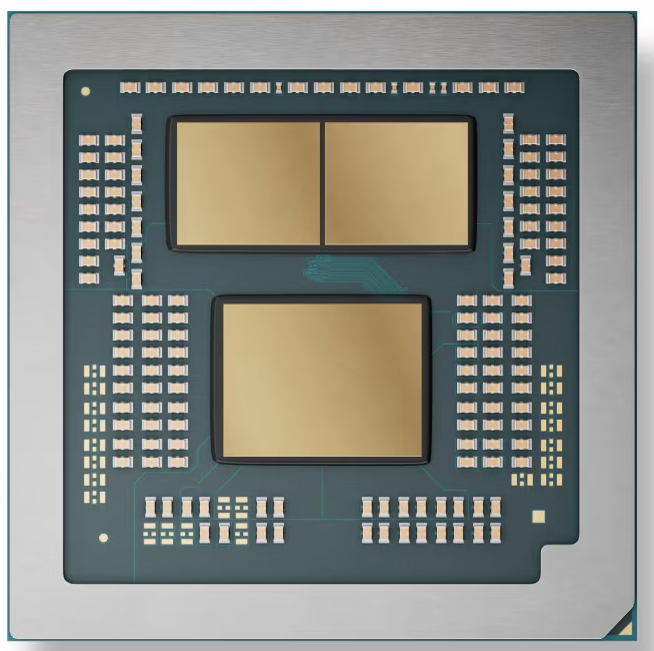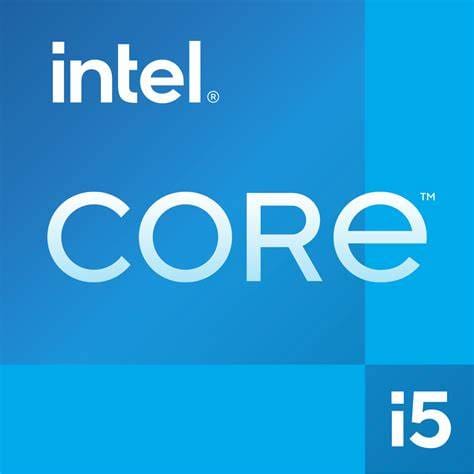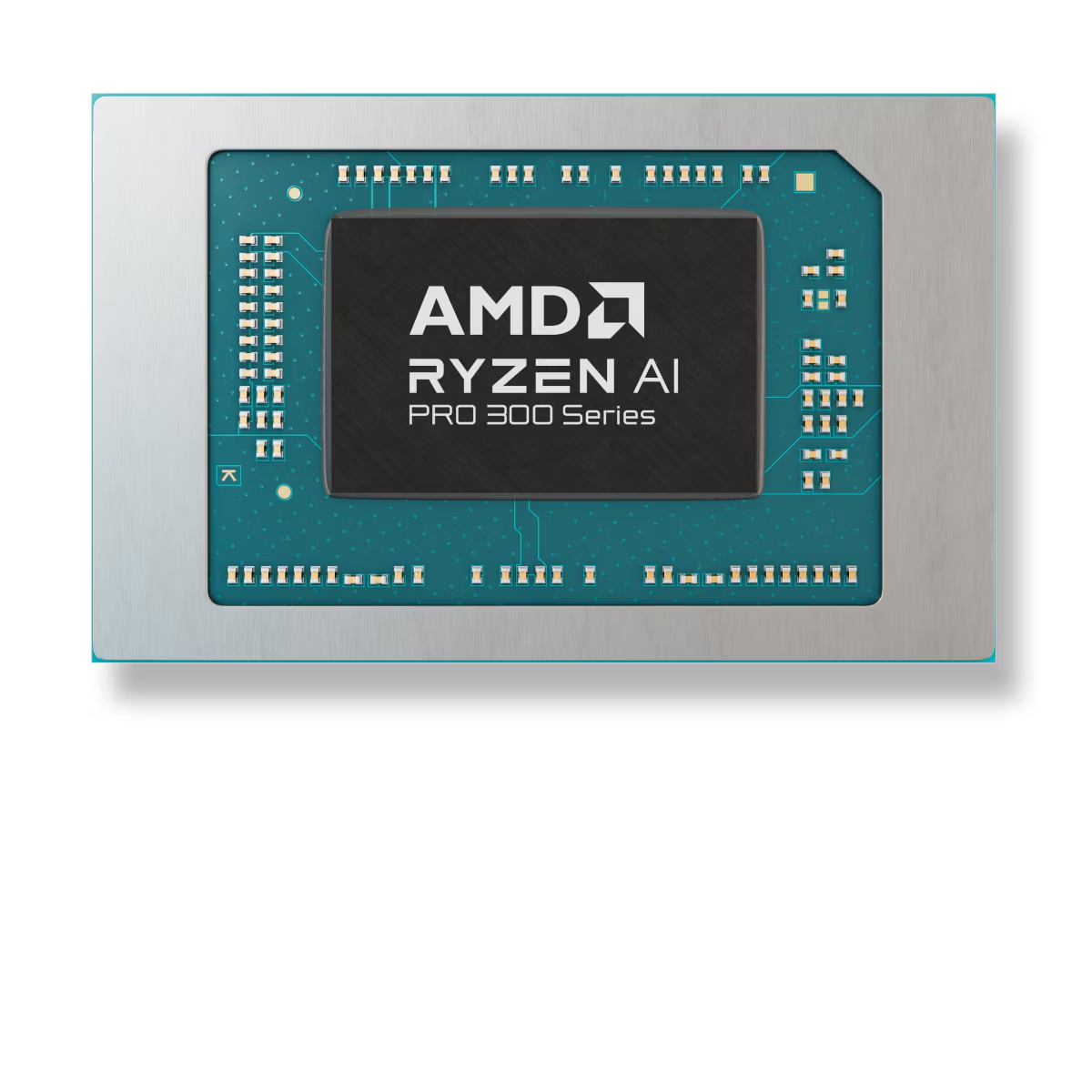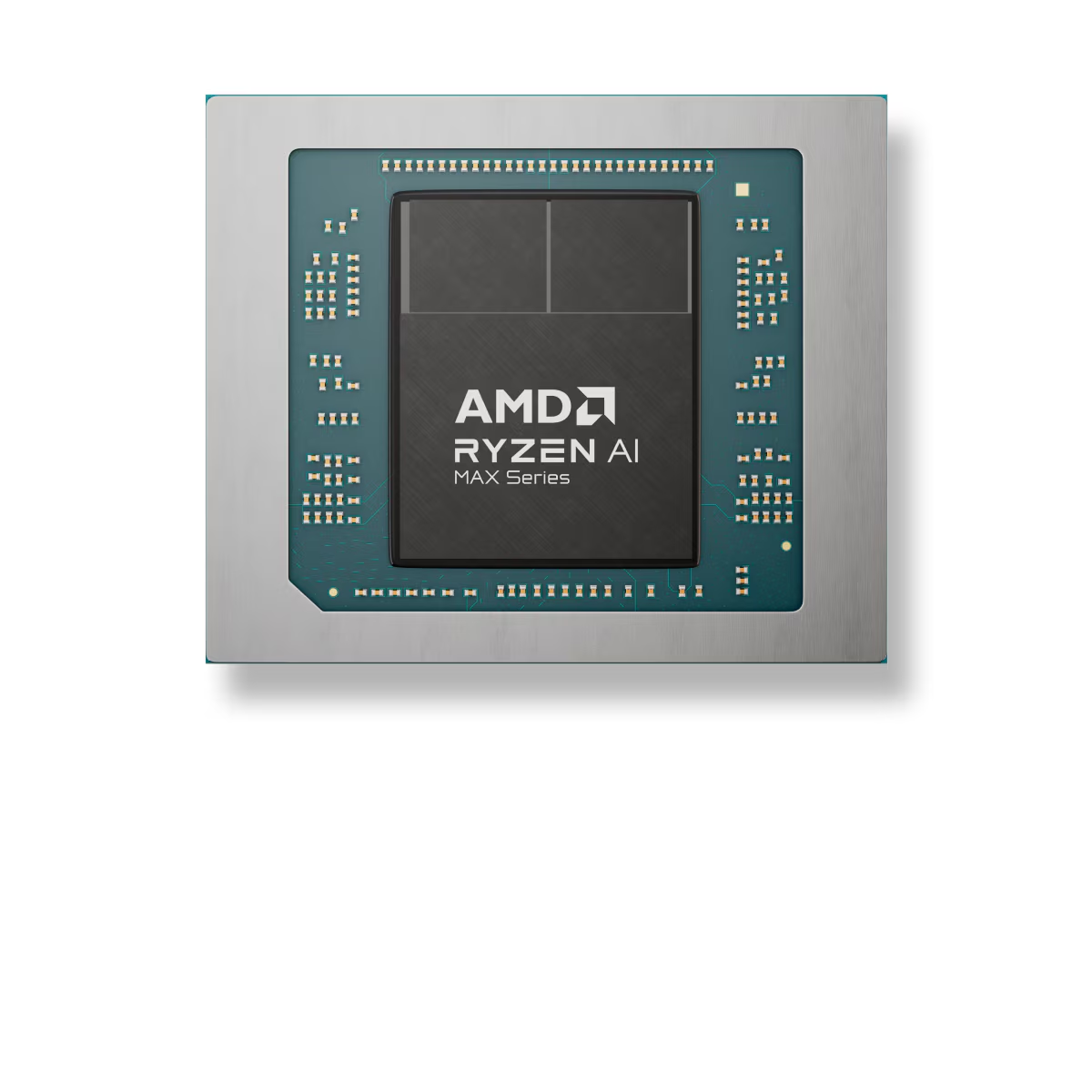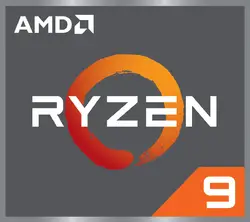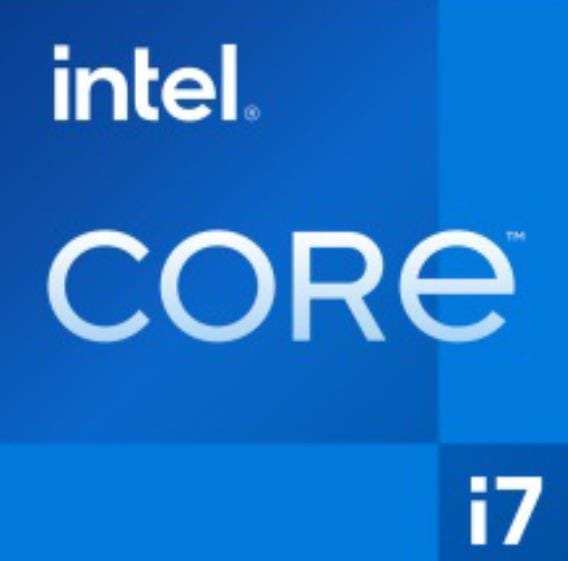Gadgetviza » Processors Comparisons » Intel Core Ultra 7 265U -vs- Intel Core Ultra 9 285H
Intel Core Ultra 7 265U -vs- Intel Core Ultra 9 285H
Related Processor
Compare Related Processor
Specs comparison between Intel Core Ultra 7 265U and Intel Core Ultra 9 285H
General | ||
|---|---|---|
Image |  |  |
Name | Intel Core Ultra 7 265U | Intel Core Ultra 9 285H |
Code Name?An internal name used by the manufacturer during the development of a processor architecture. It often indicates the generation or specific design of the processor. | Arrow Lake-U | Arrow Lake-U |
Series?The marketing name given to a specific family of processors within a brand's lineup, such as Intel Core i7 or AMD Ryzen 5. Series names help categorize processors based on performance and target market. | Intel Core Ultra Series 2 | Intel Core Ultra Series 2 |
Model Name?The marketing name given to a specific family of CPUs within a brand's lineup, such as 'Intel Ultra 5' or 'Intel Ultra 7'. Model names help categorize CPUs based on performance and target market. | Intel Core Ultra 7 | Intel Core Ultra 9 |
Instruction set?The set of commands that a processor understands and can execute. Different instruction sets support varying levels of performance and compatibility with software. | 64-bit | 64-bit |
Launch Date | 01/2025 | 01/2025 |
Vertical?The intended market segment or use case for the processor, such as desktop, laptop, server, or embedded systems. It indicates the processor's design and features tailored for specific applications. | Laptop | Laptop |
CPU | ||
|---|---|---|
Total No. of Core?The total number of physical processing units within the processor. More cores allow the processor to handle multiple tasks simultaneously, enhancing multitasking performance. | 12 | 16 |
No. of P-Cores?The number of Performance cores (P-cores) within the processor. P-cores are designed for high-performance tasks and demanding applications. | 2 | 6 |
P-core Base Frequency?The standard operating speed of the Performance cores (P-cores), measured in gigahertz (GHz). It indicates the P-cores' baseline performance level. | 2.1 GHz | 2.9 GHz |
P-Cores Boost Frequency?The maximum speed a P-core can reach under heavy load, measured in gigahertz (GHz). It represents the P-cores' peak performance capability. | 5.3 Ghz | 5.4 Ghz |
No. of Ecore?The number of Efficiency cores (E-cores) within the processor. E-cores are designed for power efficiency and handling background tasks. | 8 | 8 |
Ecore Base Frequency?The standard operating speed of the E-cores, measured in gigahertz (GHz). It indicates the E-cores' baseline performance level. | 1.7 GHz | 2.7 GHz |
ECores Boost Frequency?The maximum speed an E-core can reach under heavy load, measured in gigahertz (GHz). It represents the E-cores' peak performance capability. | 4.2 GHz | 4.5 GHz |
No of LE-Cores?The number of Low Energy cores (LE-cores) within the processor. LE-cores are designed for very low power consumption and handling extremely light tasks. | 2 | 2 |
LE-Cores Base Frequency?The standard operating speed of the LE-cores, measured in gigahertz (GHz). It indicates the LE-cores' baseline performance level. | 0.7 GHz | 1 GHz |
LE-Cores Boost Frequency?The maximum speed an LE-core can reach under heavy load, measured in gigahertz (GHz). It represents the LE-cores' peak performance capability. | 2.4 GHz | 2.5 GHz |
No. of Threads?The number of virtual processing units a core can handle simultaneously. Threads enable a single core to process multiple instruction streams, enhancing efficiency. | 14 | 16 |
L1 Cache?The smallest and fastest cache memory level, located closest to the processor cores. It stores frequently accessed data for rapid retrieval. | 112 KB (per core) | 112 KB (per core) |
L2 Cache?A mid-level cache memory that provides a larger storage capacity than L1 cache. It stores data that is less frequently accessed than L1 but more frequently than L3. | 2 MB (per core) | 2 MB (per core) |
L3 Cache?The largest and slowest cache memory level shared by all processor cores. It stores data that is less frequently accessed than L2 but still needed for efficient operation. | 12 MB | 24 MB |
L1 Cache(E-core)?The L1 cache memory dedicated to the Efficiency cores (E-cores). It stores frequently accessed data for rapid retrieval by the E-cores. | 96 KB (per core) | |
L2 Cache(E-core)?The L2 cache memory dedicated to the Efficiency cores (E-cores). It provides a larger storage capacity than the E-cores' L1 cache. | 3 MB (per module) | |
Multiplier?A factor that determines the processor's clock speed by multiplying the base clock frequency. It influences the overall operating speed of the processor. | 21x | 37x |
Unlocked Multiplier?Indicates that the processor's multiplier can be adjusted, allowing for overclocking to increase performance beyond the default specifications. | No | No |
Package | ||
|---|---|---|
Technology?The process used to create the processor, measured in nanometers (nm). Smaller manufacturing processes typically result in more efficient and powerful processors. | 3 nm | 3 nm |
Base Power Consumption?The typical power consumption of the processor under normal operating conditions, measured in Watts (W). It indicates the processor's energy efficiency. | 15 watt | 45 watt |
Max. Power Consumption?The maximum amount of power the processor can consume under heavy load, measured in Watts (W). It represents the processor's peak power usage. | 57 watt | 115 watt |
Socket?The physical interface on the motherboard where the processor is installed. The socket type determines compatibility between the processor and motherboard. | FCBGA2049 | FCBGA2049 |
Max. Temperature?The maximum safe operating temperature for the processor, measured in degrees Celsius (°C). Exceeding this temperature can lead to performance degradation or damage. | 110 °C | 110 °C |
IGPU | ||
|---|---|---|
IGPU Name?The specific name given to the integrated Graphics Processing Unit (IGPU) by the processor manufacturer. It identifies the IGPU's architecture and capabilities. | Intel Graphics | Intel Arc 140T GPU |
Base Frequency?The standard operating speed of the IGPU, measured in megahertz (MHz). It indicates the IGPU's baseline graphics processing power. | 0.3 GHz | 0.3 GHz |
Boost Frequency?The maximum speed the IGPU can reach under heavy graphics load, measured in megahertz (MHz). It represents the IGPU's peak graphics performance. | 2.1 GHz | 2.35 GHz |
Shading Units?The number of processing units within the IGPU responsible for rendering graphics. More shading units generally result in better graphics performance. | 512 | 1024 |
TMUs?Texture Mapping Units (TMUs) are processing units within the IGPU that apply textures to 3D surfaces. More TMUs improve the realism and detail of rendered graphics. | ||
ROPs?Render Output Units (ROPs) are processing units within the IGPU that handle the final stage of rendering, converting pixel data into an image. More ROPs improve the frame rate and image quality. | ||
Execution Units?The number of parallel processing cores within the IGPU. These units execute graphics instructions, and a higher number typically indicates better graphics performance. | 64 | 128 |
IGPU Perfomance?The overall graphics processing capability of the integrated GPU. This is measured by how well it can handle graphical tasks, such as video playback and light gaming. | 77 Tops | |
NPU | ||
|---|---|---|
NPU Name?The specific name given to the Neural Processing Unit (NPU) by the processor manufacturer. It identifies the NPU's architecture and AI processing capabilities. | Intel AI Boost | Intel AI Boost |
NPU TOPS?The processing power of the NPU, measured by how fast it can perform AI and machine learning operations. Higher NPU performance leads to faster AI-powered features. | 12 | 13 |
Display & Memory Support | ||
|---|---|---|
Memory Support?The types and speeds of RAM that the processor is compatible with. It specifies the maximum amount and speed of RAM that can be used with the processor. | Up to LPDDR5/x 8400 MT/s Up to DDR5 6400 MT/s | Up to LPDDR5/x 8400 MT/s Up to DDR5 6400 MT/s |
Max. Display Resolution Support?The highest resolution that the processor's integrated graphics or the processor in conjunction with a dedicated GPU can output to a display. It indicates the maximum visual fidelity the processor can support. | 7680 x 4320 @ 60Hz | 7680 x 4320 @ 60Hz |
Features | PCI Express, Intel Gaussian & Neural Accelerator 3.5, Intel Neural Processing Unit, Intel Volume Management Device, Intel Virtualization Technology, Intel APIC Virtualization | PCI Express, Intel Gaussian & Neural Accelerator 3.5, Intel Neural Processing Unit, Intel Volume Management Device, Intel Virtualization Technology, Intel APIC Virtualization |
Features | Intel | Intel |
Intel Core Ultra: 265U vs. 285H – Balancing Efficiency and Power
Intel’s Arrow Lake-U series offers a wide range of mobile processors, catering to different performance and power consumption needs. In this comparison, we examine the Intel Core Ultra 7 265U, designed for efficiency, and the Intel Core Ultra 9 285H, built for high performance.
Key Specifications and Differences
These processors represent two distinct segments of the mobile market, with significant differences in core counts, power consumption, and integrated graphics.
Intel Core Ultra 7 265U
Specifications:
- Architecture: Arrow Lake-U
- Cores: 12
- Base Frequency: 2.1 GHz
- Boost Frequency: 5.3 GHz
- Manufacturing: 3nm
- TDP: 15-57W
- iGPU: Intel Graphics (2.1 GHz, 512 Shaders)
- NPU: Intel AI Boost (12 TOPS)
- Memory: LPDDR5/x 8400 MT/s, DDR5 6400 MT/s
- Socket: FCBGA2049
- Max Temp: 110°C
Intel Core Ultra 9 285H
Specifications:
- Architecture: Arrow Lake-U
- Cores: 16
- Base Frequency: 2.9 GHz
- Boost Frequency: 5.4 GHz
- Manufacturing: 3nm
- TDP: 45-115W
- iGPU: Intel Arc 140T GPU (2.35 GHz, 1024 Shaders)
- NPU: Intel AI Boost (13 TOPS)
- Memory: LPDDR5/x 8400 MT/s, DDR5 6400 MT/s
- Socket: FCBGA2049
- Max Temp: 110°C
Performance, Strengths, and Weaknesses
Intel Core Ultra 7 265U
Strengths:
- Lower power consumption, ideal for extended battery life.
- Decent performance for everyday tasks and productivity.
- Support for fast LPDDR5/x memory.
- Good integrated graphics for light tasks.
Weaknesses:
- Lower core count compared to the 285H.
- Lower base frequency and slightly lower boost frequency.
- Less powerful integrated graphics than the 285H.
- Slightly lower NPU performance.
Intel Core Ultra 9 285H
Strengths:
- Higher core count and clock speeds for superior performance.
- Powerful integrated Intel Arc graphics for demanding tasks.
- Slightly higher NPU performance.
- High maximum power consumption, for maximum performance.
Weaknesses:
- Significantly higher power consumption, impacting battery life.
- May generate more heat.
- Potentially higher cost.
Conclusion
The Intel Core Ultra 7 265U is designed for users who prioritize battery life and efficiency, offering a balance of performance and power consumption. It’s suitable for everyday tasks, productivity, and light multimedia use. The Intel Core Ultra 9 285H, on the other hand, is built for high-performance laptops, catering to gamers, content creators, and professionals who need maximum processing power and graphics capabilities. The choice between these two processors depends on the user’s specific needs and priorities. If portability and battery life are crucial, the 265U is the better choice. If raw performance is the primary concern, the 285H is the clear winner.



